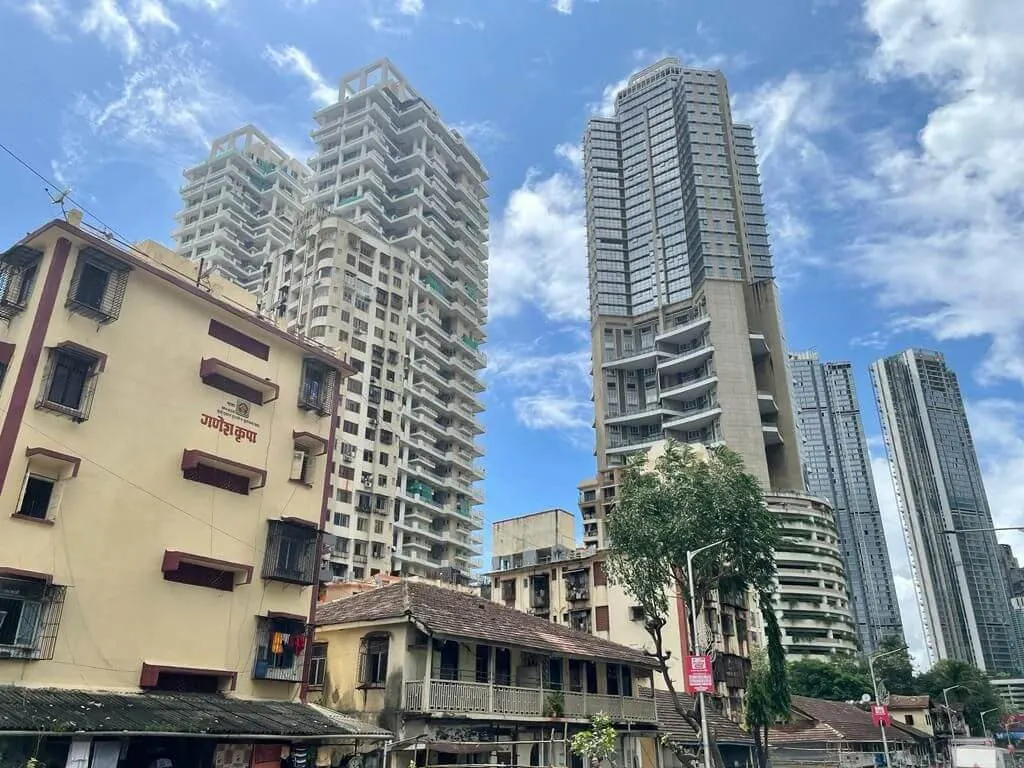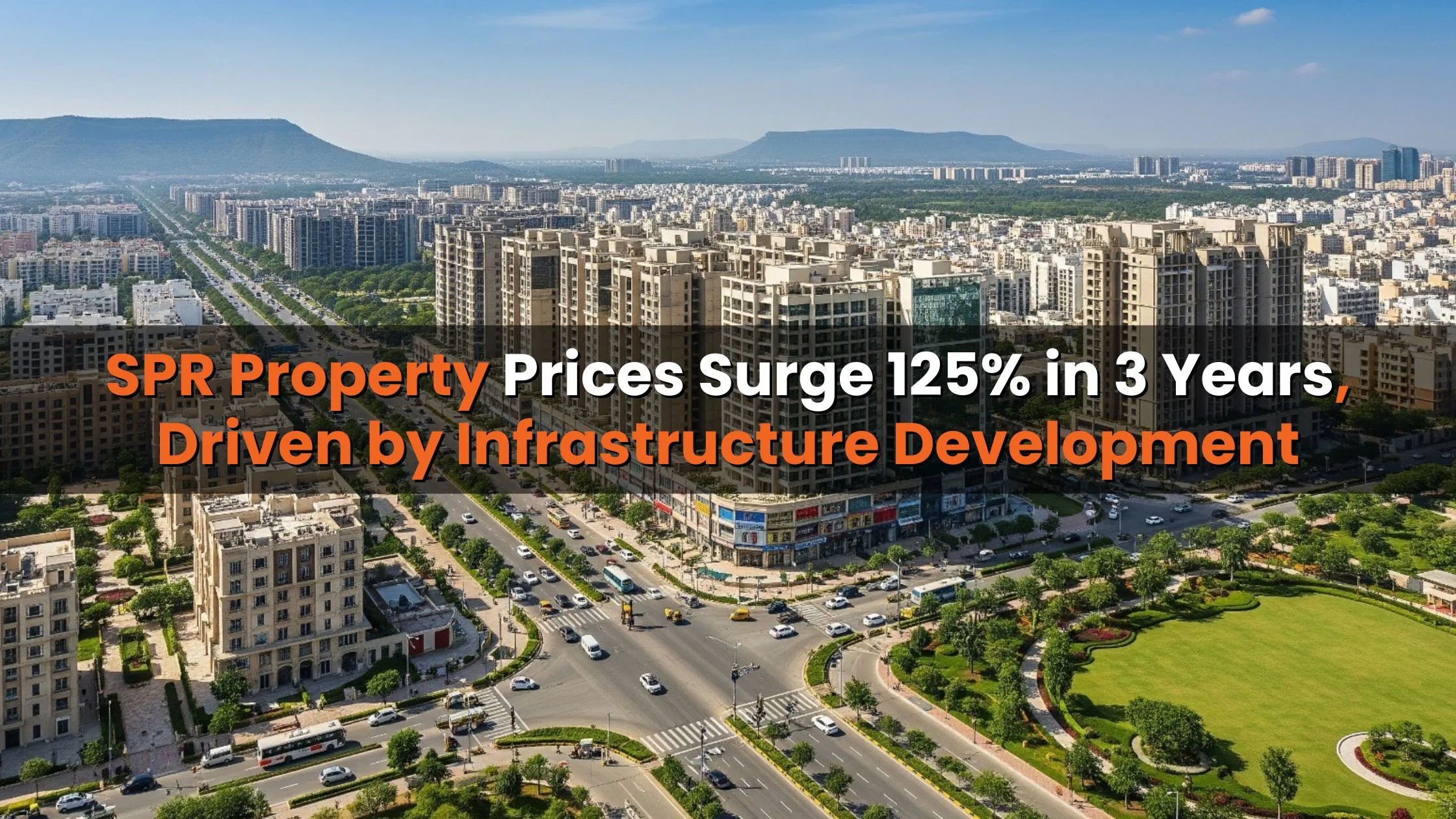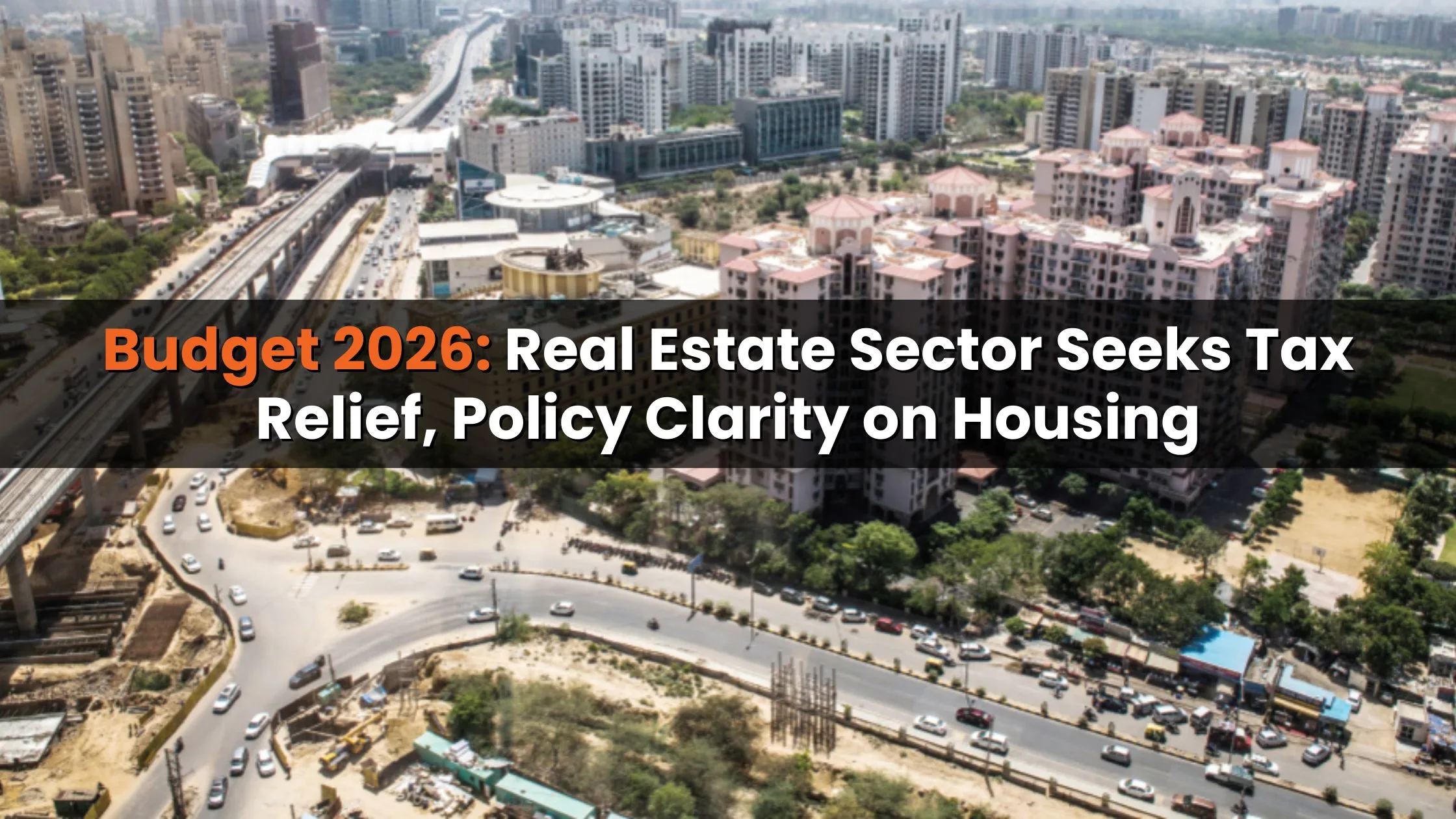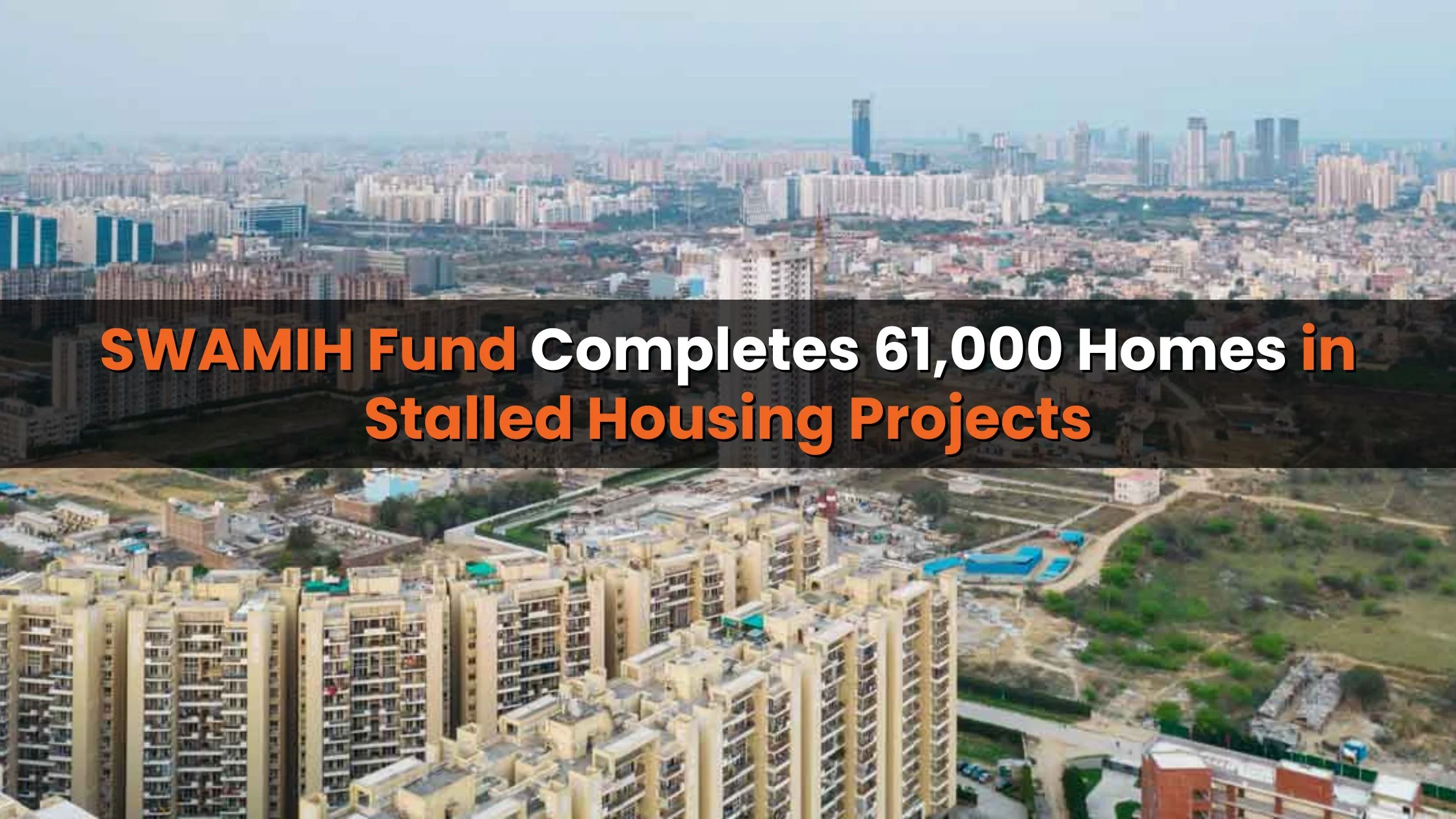Table of Content
- Scale of Mumbai Redevelopment Projects
- Why Redevelopment Is Essential for Mumbai
- Hotspots of Redevelopment in Mumbai
- Nature of Redevelopment Activity
- Economic Impact of Mumbai Redevelopment
- Challenges Facing Redevelopment Projects
- Expert Insights & Market Sustainability
- Policy Framework and Support
- Conclusion
Mumbai’s real estate market has always relied heavily on redevelopment to meet its ever-growing housing needs. With limited scope for greenfield projects in the city, society redevelopment has become the primary engine driving new housing supply. According to a recent Knight Frank India report, as many as 44,277 new homes worth ₹1.3 lakh crore are expected to be delivered through Mumbai redevelopment by 2030.
This surge in supply is expected to reshape the city’s skyline, generate significant tax revenue, and unlock housing opportunities. However, the segment is also showing signs of overheating, with rising prices, long project timelines, and growing demands from both societies and developers putting pressure on sustainability.
Scale of Mumbai Redevelopment Projects
The Knight Frank study highlights that since 2020, 910 housing societies across Mumbai have signed redevelopment agreements. These projects collectively unlock 326.8 acres of potential land, which would otherwise have remained under-utilized.
One of the key drivers of this growth is the free-sale component, which ensures profitability for developers while creating a revenue stream for the state. Redevelopment projects are estimated to contribute nearly ₹7,830 crore in stamp duty and another ₹6,525 crore in Goods and Services Tax (GST) to government coffers, further underlining their economic importance.
With such scale and financial impact, Mumbai redevelopment has become central to the city’s long-term housing strategy.
Also Read: Homebuyers of Projects Facing Insolvency Can Claim Possession
Why Redevelopment Is Essential for Mumbai
Mumbai’s urban expansion is limited by geography. With the sea on three sides and land scarcity at its peak, the city has very few opportunities for greenfield housing projects. Redevelopment, therefore, is not just an option but a necessity.
The Brihanmumbai Municipal Corporation (BMC) estimates that nearly 160,000 housing societies in Mumbai are over 30 years old and eligible for redevelopment. Most of these structures are outdated, unsafe, and unable to meet modern housing requirements. Redevelopment offers a pathway to safer, more spacious, and better-designed homes while simultaneously creating new housing stock for the market.
Thus, society redevelopment plays a dual role: it modernizes existing housing for residents while unlocking space for future growth.
Hotspots of Redevelopment in Mumbai
The report identifies Western Suburbs as the hub of redevelopment activity. Stretching from Bandra to Borivali, this corridor alone will contribute 32,354 new homes, accounting for nearly 73% of the total supply expected through redevelopment.
Among specific micro-markets, Borivali, Andheri, and Bandra emerge as the top three hotspots, together covering over 139 acres of redevelopment activity.
In contrast, Central and South Mumbai have seen far fewer deals only 43 redevelopment agreements mainly due to fragmented ownership patterns, legacy tenancies, and high entry costs. Still, the dominance of suburban Mumbai highlights the role of high-density areas in driving the city’s transformation, with nearly 96% of redevelopment concentrated in the suburbs.
Nature of Redevelopment Activity
Interestingly, most of Mumbai redevelopment remains driven by smaller societies. Over 80% of registered development agreements since 2020 were for plots smaller than 0.49 acres. This reflects the city’s dense housing fabric, where land aggregation poses a challenge.
However, the market is gradually evolving. Developers are increasingly focusing on larger society clusters and better land aggregation, which ensures more efficient project execution. The average deal size has also increased, signaling a maturing redevelopment ecosystem capable of handling larger, more complex projects.
Economic Impact of Mumbai Redevelopment
Beyond meeting housing demand, redevelopment projects are set to deliver a massive economic boost. By 2030, ₹1.3 lakh crore worth of new homes will be created, driving sales and investments across the real estate sector.
For the government, the impact is equally significant. The state is expected to earn an estimated ₹6,500 crore from stamp duty on free-sale units and another ₹6,525 crore from GST collections.
This multiplier effect also extends to job creation, as redevelopment fuels demand for construction, legal, financial, and civic services. In many ways, Mumbai redevelopment acts not just as a housing solution but also as a driver of urban renewal and economic growth.
Challenges Facing Redevelopment Projects
Despite its potential, the redevelopment segment is not without challenges.
- Long Timelines: Most projects take 8–11 years from initiation to handover, exposing them to multiple market cycles and interest rate changes.
- Regulatory Hurdles: Issues around title clarity, civic permissions, and member consensus can delay projects for years.
- Overheated Market: Escalating property prices are pushing developers into unsustainable commitments, while society members’ expectations have grown disproportionately.
- Financial Risk: Excessive demands from societies and aggressive offers from developers often leave little financial buffer, making projects vulnerable in case of market downturns.
These factors highlight the need for prudence and long-term planning in structuring redevelopment deals.
Also Read: Bengaluru's new Quantum City: Will it put Hesaraghatta on the real estate map?
Expert Insights & Market Sustainability
Industry experts caution that the sector is nearing an inflection point. Shishir Baijal of Knight Frank notes that “excessive demands and aggressive offers threaten long-term viability.”
Gulam Zia, another senior industry voice, advises that the share of redeveloped area offered to societies should be carefully calibrated:
- Below ₹40,000 per sq ft: 30–35% share
- ₹40,000–60,000 per sq ft: 35–40% share
- Above ₹75,000 per sq ft: up to 50% share
Anything beyond these thresholds risks undermining project sustainability. For long-term success, both societies and developers must leave adequate financial buffers to manage potential down cycles.
Policy Framework and Support
The Development Control and Promotion Regulation (DCPR) 2034 has improved project viability by offering favorable norms for redevelopment. However, challenges remain.
- Faster civic approvals are needed to reduce project delays.
- Clearer title documentation is essential to attract reputed developers.
- Transparent and balanced agreements can build trust between societies and builders.
With strong policy support and efficient implementation, Mumbai redevelopment can continue to play a defining role in the city’s housing landscape.
Conclusion
The Mumbai redevelopment wave is poised to add more than 44,000 new homes worth ₹1.3 lakh crore by 2030, reshaping the city’s housing market and skyline. It is expected to boost government revenues, generate jobs, and provide safer, modern homes to thousands of families.
However, the segment must balance ambition with sustainability. Rising property prices, extended project timelines, and unrealistic demands from stakeholders could undermine long-term viability. The success of redevelopment will depend on transparent negotiations, prudent financing, and stronger governance frameworks.
If managed wisely, Mumbai redevelopment will remain the city’s most powerful tool for urban renewal, ensuring both economic growth and affordable housing supply for years to come.









Ans 1. Because the city has no land left for greenfield projects, redevelopment is the only way to create new housing and modernize old societies.
Ans 2. According to Knight Frank, about 44,277 homes worth ₹1.3 lakh crore are expected to be delivered.
Ans 3. The western suburbs from Bandra to Borivali dominate, contributing nearly 73% of all new homes.
Ans 4. Redevelopment is expected to generate around ₹7,830 crore in stamp duty and ₹6,525 crore in GST.
Ans 5. They face delays due to lengthy civic approvals, title issues, and the challenge of reaching consensus among society members.
Ans 6. Overheated prices, unrealistic demands, and thin financial buffers make many projects vulnerable if the market slows down.
Ans 7. They recommend limiting the share given to societies based on property value so projects remain financially sustainable.
Ans 8. Regulations like DCPR 2034 have improved project viability, but faster approvals and clearer documentation are still needed.
Ans 9. Smaller housing societies make up over 80% of projects, though larger clusters are slowly gaining traction.
Ans 10. It will reshape the skyline, provide safer homes, generate jobs, and strengthen the city’s economy if managed sustainably.